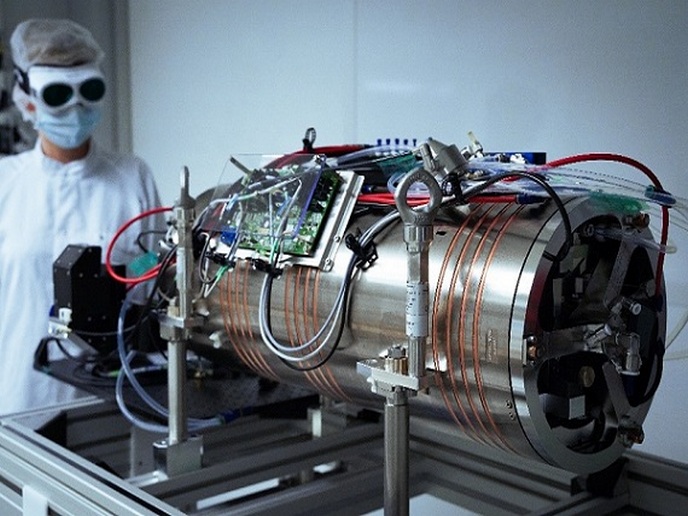Coating technology brings industry up to scratch
The carbon/carbon multilayer is a coating that has been designed to protect metallic surfaces from wear. It also acts as a buffer, to reduce frictional force under tribological loading. This refers to the science and the technology of interacting surfaces in relative motion and is associated with friction, lubrication and wear. This solution is part of a drive to bring European suppliers of car parts up to date with their Japanese counterparts. Piston ring manufacture in Japan already involves the process of coating. European suppliers also need to develop new technical solutions in order to comply with new emission laws. A suitable solution would be able to be used for widespread mechanical applications such as gears and car engine components (cylinders and tappets). This new coating technology has been part of the NANOCOAT EU led project. It consists of a nanostructured amorphous coating, consisting of 100% carbon. The layered nanostructure is obtained by periodic variation of chemical bonding state (sp-hybridisation) between carbon atoms. The coating technology can be applied by vacuum-arc from graphite sources in specific coating machines. A technique for this application was also developed as part of the project. It involves using a pulsed arc to deposit a film of the coating material with a thickness range of 100 nanometres up to 10 micrometres.







